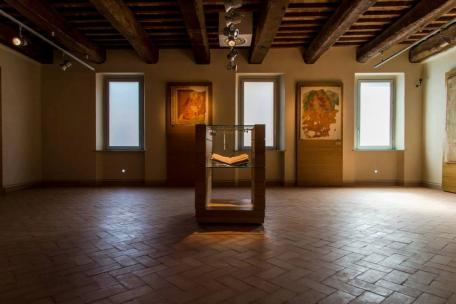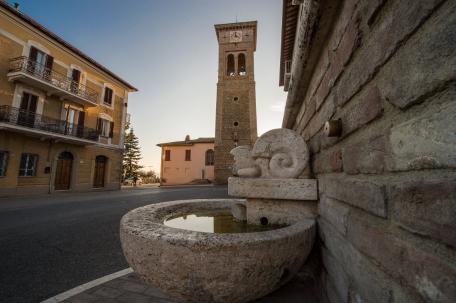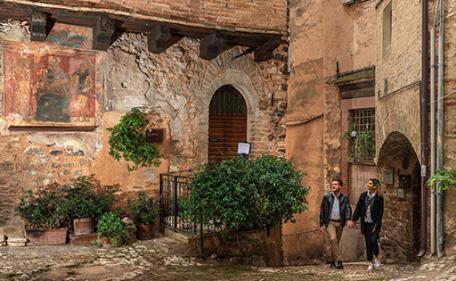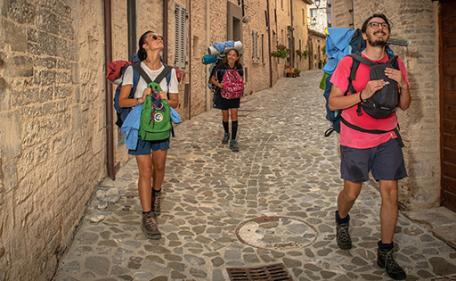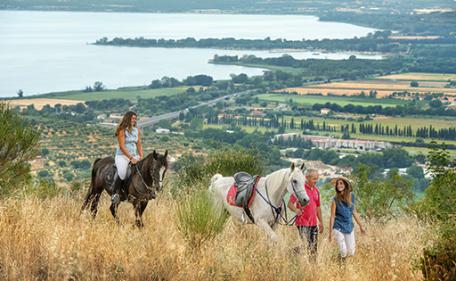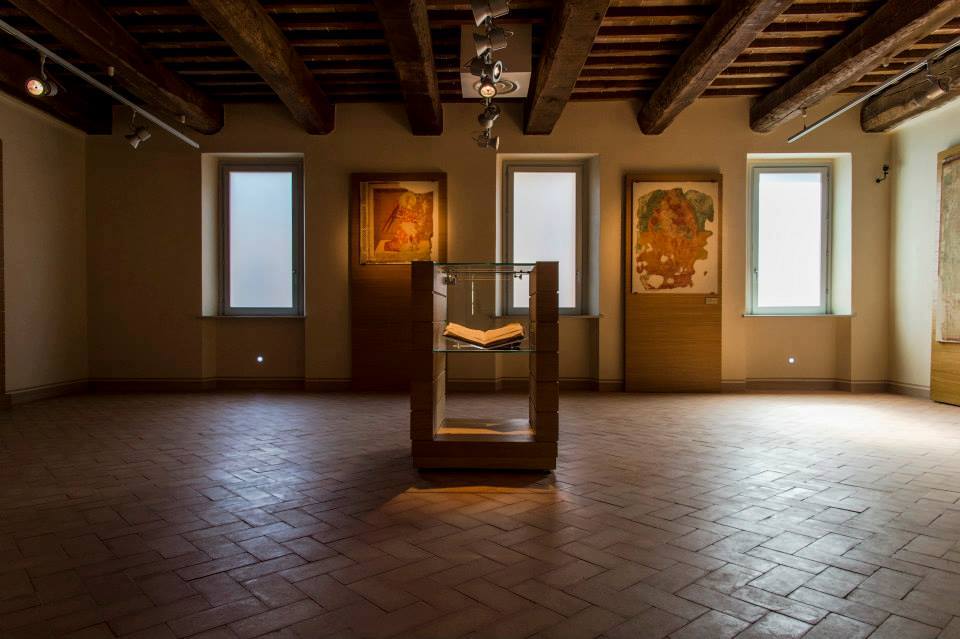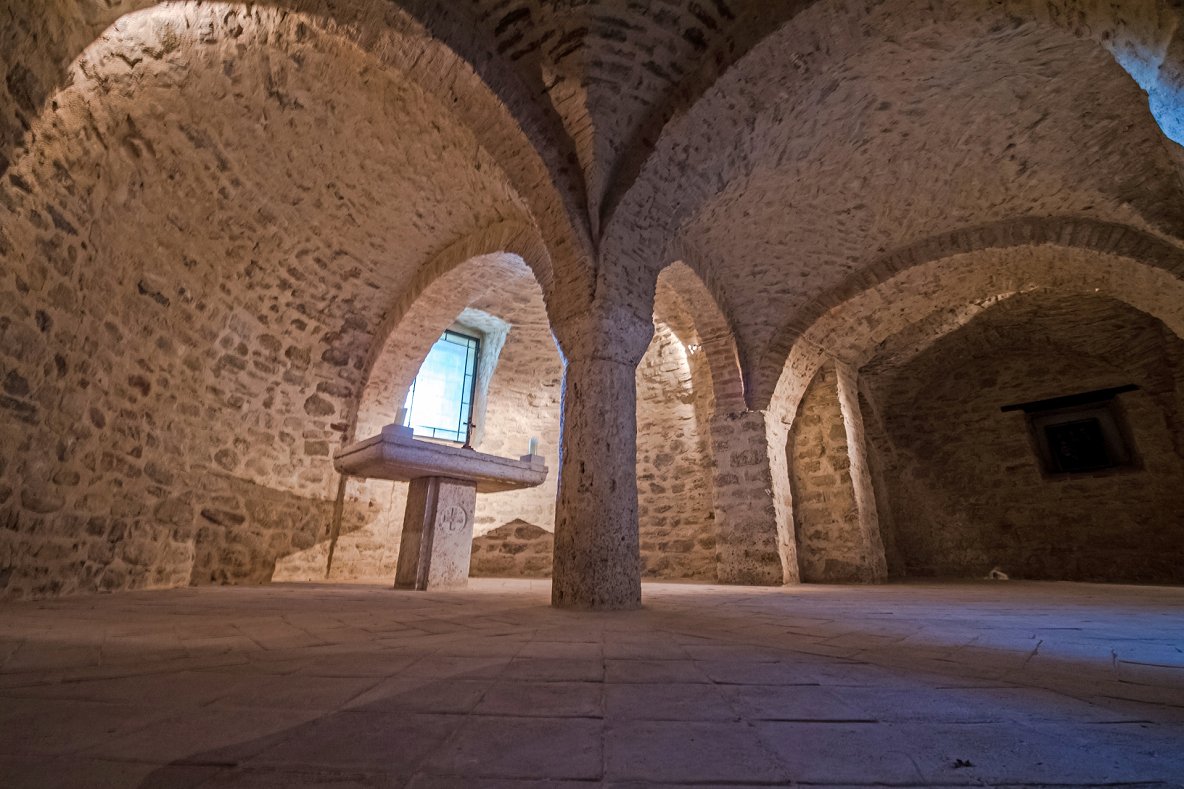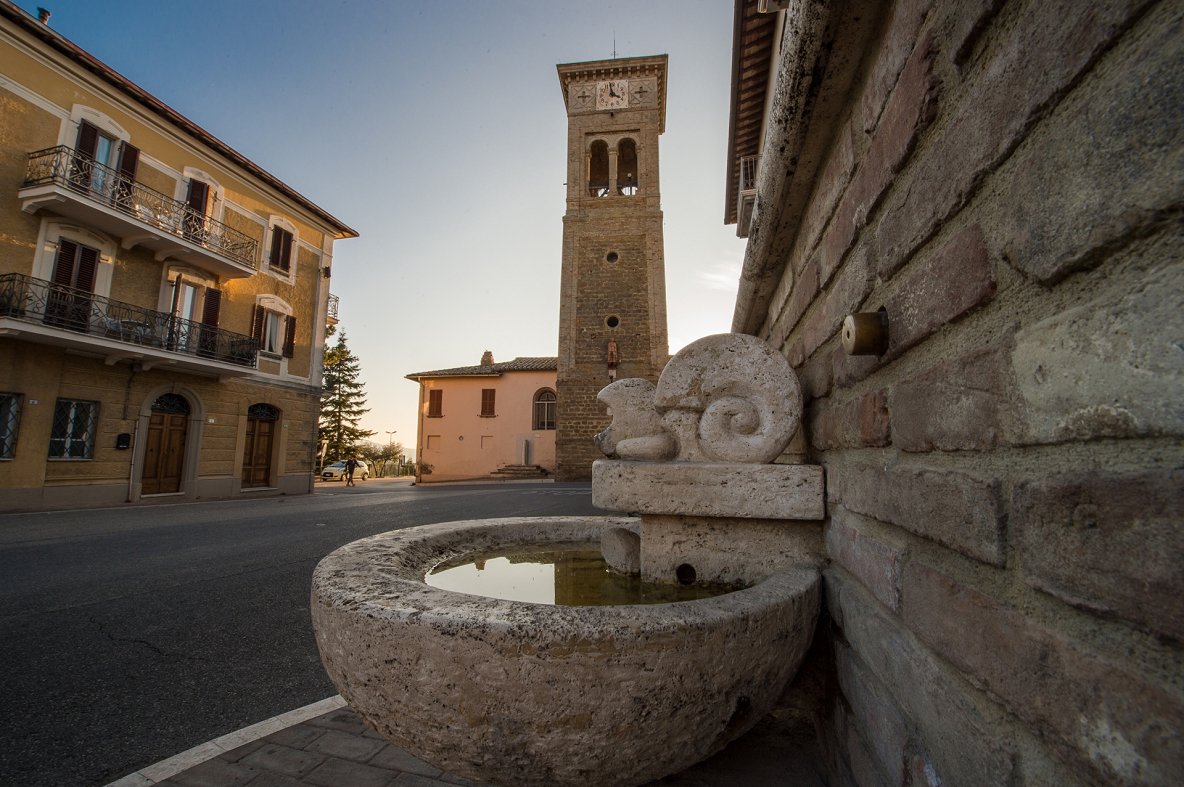Guida - I borghi delle due valli
Bevagna, has something special. A small village, a thousand-year history that tells of stones, waters and people. The itinerary proposes to use the lens of the Gaite, one of the most important and beautiful medieval festivals in the region, to narrate the places, monuments, glimpses, and characters.
tour guide
entrance fees
hike accessible to all
Bevagna is known as the city of the Mercato delle Gaite, one of the most important historical re-enactments in Umbria that every year takes the village back to the Middle Ages, with a philological reconstruction of daily life, work, the market, and food. It is no coincidence that Bevagna can host a faithful reconstruction of what the town was like at that time. Its structure, the presence of Romanesque and Gothic churches, the completely preserved walls, the turrets, the narrow and winding alleys, the dead man's door, allow for an excellent representation of the communal period, welcoming the visitor into fascinating and enveloping atmospheres. Because of this lively Middle Ages, Bevagna has been chosen as a film set for many movies: from the famous Brother Sun and Sister Moon, to Cavani's films on St. Francis, to the new "The Name of the Rose" for the small screen.
Bevagna delle quattro Gaite is an itinerary that tells the history of the village, seen through the lens of the Gaite. Medieval Mevania consisted of four Gaite, or quarters: San Giovanni, San Giorgio, San Pietro and Santa Maria. The ancient Flaminia, today's Corso and Piazza Silvestri, considered one of the most beautiful squares in medieval Italy, the main gates and the walls, mark its territory. Going through the Gaite means embracing places, monuments, characters, complex histories full of surprises.
The itinerary includes: Walls and Gates, Churches of San Francesco, San Domenico, San Silvestro and San Michele, Piazza Silvestri, Palazzo dei Consoli, the Clitunno, the Accolta, alleys, small squares, palaces and gardens.
Bevagna allows numerous itineraries of historical, artistic, landscape and anthropological interest. The village, which is part of the circuit of the Most Beautiful Villages in Italy, is enclosed in walls, crossed by the Flaminia and surrounded by water. Bevagna was the ancient capital of the Umbrians, a Roman municipality and a medieval commune. Strolling through the centre or along the walls, one can embrace a history more than 2000 years long. Today's Borgo is an inextricable web of testimonies from different eras: alleys, squares, palaces, churches, gates, bridges, saints and forgeries. A complex and enveloping history, full of surprises. Bevagna is also the city of the Gaite, one of the most important historical re-enactments not only in Umbria but in the entire country. The Mercato delle Gaite is a philological reconstruction of daily life in the 14th century. It is no coincidence that Bevagna can host a faithful reconstruction of what the city was like at that time. Its structure, the presence of Romanesque and Gothic churches, the completely preserved walls, the turrets, the narrow and winding alleys, the dead man's door, allow for an excellent representation of the communal period, welcoming the visitor into a fascinating and magical Middle Ages. Because of this lively Middle Ages, Bevagna has been chosen as a film set for many films: from the very famous Brother Sun and Sister Moon, to Cavani's films on St. Francis, to the new 'The Name of the Rose' for the small screen.

What do you want to ask me?
